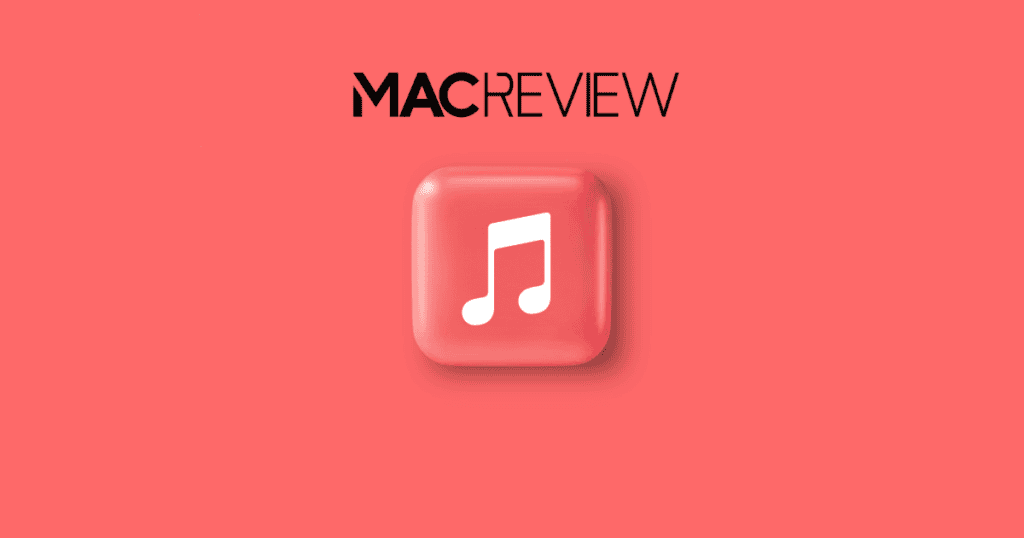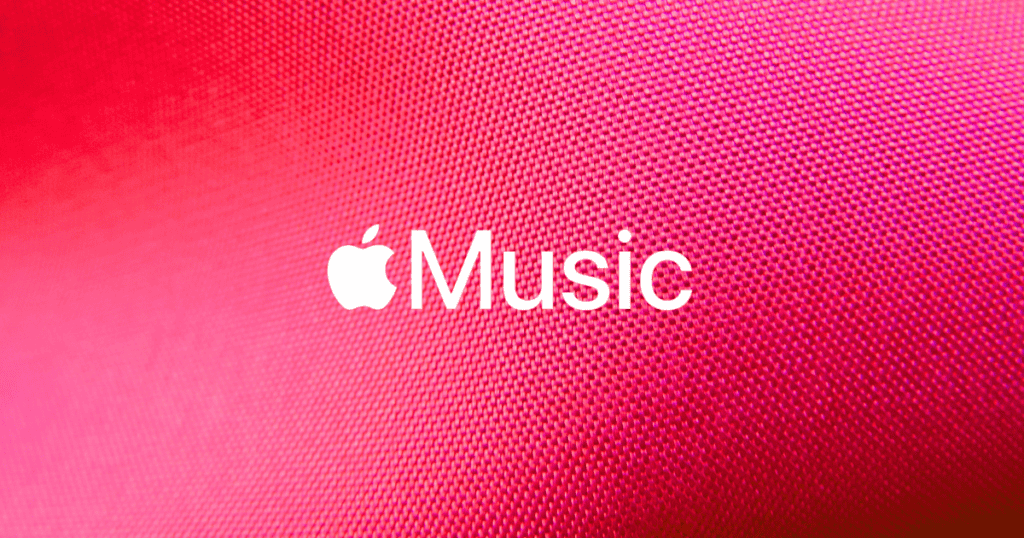With the release of iOS 18, Apple has rolled out a series of groundbreaking features designed to enhance the user experience, particularly in the realm of accessibility. Among the most exciting is Music Haptics, an innovative feature that transforms how users interact with audio on their iPhones. Through the Taptic Engine, Music Haptics delivers a tactile musical experience, allowing users to feel the rhythm and beat of the music through subtle vibrations that match the audio.
Whether listening to Apple Music, Apple Music Classical, Shazam, or supported third-party apps, Music Haptics opens up new possibilities for all users, especially those who are deaf or hard of hearing.
Music Haptics: A New Dimension to Music on iPhone
Music Haptics provides an entirely new sensory layer to the way we experience music on the iPhone. By using the device’s Taptic Engine, iPhones can now tap and vibrate in sync with the beats, basslines, and vibrations of a song. This feature is particularly beneficial for listeners who are deaf or hard of hearing, as it enables them to engage with music in a tactile way, bringing a more immersive and inclusive experience.
Key Features of Music Haptics:
- Tactile Beats: The Taptic Engine taps and vibrates to match the rhythm of the song.
- Accessibility-Driven: Designed with users who are deaf or hard of hearing in mind.
- Wide App Support: Available in Apple Music, Apple Music Classical, Shazam, and various third-party apps.
New Curated Playlists for Music Haptics on Apple Music
To celebrate the release of iOS 18 and the launch of Music Haptics, Apple Music has curated a selection of playlists specifically designed to showcase this new feature. These playlists emphasize strong rhythms, heavy bass, and powerful beats to enhance the haptic experience.
- Haptics Beats: A playlist focused on rhythmic tracks that provide a punchy, tactile experience.
- Haptics Bass: Featuring deep, bass-heavy songs designed to make your device pulse with each beat.
- Haptics Vibrations: Emphasizes subtle, rolling vibrations for a more soothing, sensory music experience.
- Haptics Hits: Popular tracks optimized to maximize the full range of Music Haptics effects.
These playlists allow users to explore music in a new way, offering a diverse range of tracks that fully utilize the Taptic Engine’s capabilities.
Device Compatibility and Availability
While Music Haptics brings an exciting new layer of accessibility to iPhones, not all models are supported. The feature is available on the iPhone 12 series and later, excluding the third-generation iPhone SE. The feature requires iOS 18 or later, which is now globally available.
To enable Music Haptics, users can navigate to:
- Settings > Accessibility > Music Haptics
Here, the feature can be toggled on to begin enjoying the tactile music experience.
Supported Devices:
- iPhone 12 series and later
- Excludes third-generation iPhone SE
- iOS 18 or later required
How Music Haptics Benefits Users with Hearing Impairments
Apple’s Music Haptics is more than just a novelty—it’s a significant advancement in making music more accessible. For users who are deaf or hard of hearing, this feature provides a new way to experience music through touch. The tactile feedback allows these users to feel the beat and energy of a song, making music more inclusive and enjoyable.
Advantages for Accessibility:
- Enhanced Engagement: Users with hearing impairments can feel the rhythm of the music, enriching their connection to audio content.
- Tactile Alerts: The vibrations are synced with the music, creating a seamless experience that complements visual and auditory cues.
- Cross-App Functionality: Whether using Apple Music, Shazam, or supported third-party apps, the haptics enhance all audio experiences.
Exploring the Future of Music Haptics in Third-Party Apps
While Apple Music leads the way in utilizing Music Haptics, Apple has opened the doors for third-party developers to integrate this feature into their apps. Supported apps can provide a similar tactile experience, giving developers a new tool to create more engaging and accessible content for their audiences.
Developer Opportunities:
- API Access: Third-party developers can integrate Music Haptics to provide enhanced tactile experiences within their apps.
- Expanded App Support: Expect to see future updates from popular audio and entertainment apps incorporating Music Haptics to expand accessibility.
This opens new possibilities for app creators to deliver more inclusive and immersive experiences for users across a wide range of applications.
MacReview Verdict
With iOS 18 and the introduction of Music Haptics, Apple has once again demonstrated its commitment to accessibility and innovation. This feature not only enriches the way we experience music but also sets a new standard for inclusivity, especially for those who are deaf or hard of hearing. Coupled with specially curated playlists on Apple Music, users now have a tactile, immersive way to engage with music like never before.
As developers begin to embrace this technology, Music Haptics has the potential to redefine how we interact with media on our devices, ensuring that music remains a universal language for all.




